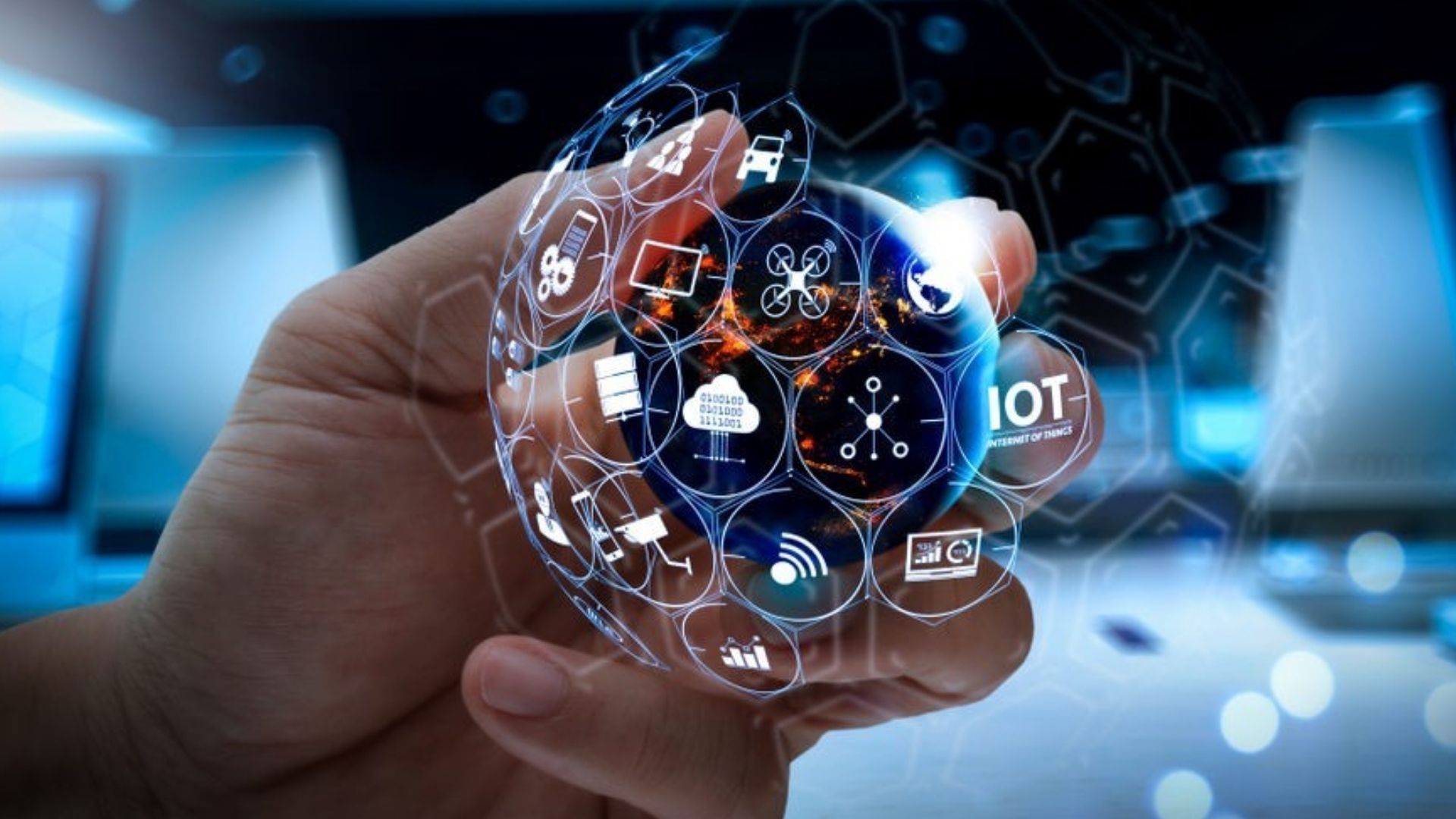Introduction: The Sci-Fi Dream Becomes Reality
Not long ago, artificial intelligence (AI) was the stuff of science fiction. We imagined talking robots, flying cars, and machines that could think like us. AI Sci-Fi was futuristic, a distant dream portrayed by Hollywood in films like Her, Ex Machina, or Iron Man‘s Jarvis.
Fast forward to today—and surprise! Many of those once-fantastical ideas have quietly crept into our daily routines. We may not all have personal robot butlers, but we do have AI Sci-Fi writing emails, turning on lights with our voice, and even recommending what to watch next.
This isn’t the future anymore. AI is here. And more than just a tool, it’s becoming our digital sidekick.
READ MORE : https://digitalmohit.co.in/
How Did We Get Here? A Brief Look Back
To understand AI’s rise, we need to rewind a bit.
- 1950s–1980s: Early thinkers like Alan Turing laid the groundwork with the famous “Turing Test.” Scientists began exploring how machines could “think.”
- 1990s–2000s: AI lived mostly in labs. IBM’s Deep Blue beat chess champion Garry Kasparov, signaling that machines could master complex tasks.
- 2010s–2020s: The age of big data, cloud computing, and advanced algorithms changed the game. AI Sci-Fi became scalable, smarter, and—most importantly—accessible.
Now, we carry it in our pockets.
Meet Your Everyday AI Sidekicks
You don’t have to look far to find AI. It’s everywhere, hiding in plain sight. Let’s meet some of your digital sidekicks:
1. The Silent Organizer: Smart Assistants
Siri, Alexa, Google Assistant—these aren’t just voice-activated tools; they’re miniature AI Sci-Fi companions managing your alarms, weather checks, and to-do lists. They learn your habits, anticipate your needs, and get smarter the more you use them.
2. The Mind Reader: Recommendation Engines
Netflix knows what you want to watch next. Spotify creates playlists tailored to your mood. Amazon suggests that one thing you didn’t know you needed. That’s AI studying your behavior and preferences.
3. The Wordsmith: AI Writing Tools
Whether it’s Grammarly catching your typos or tools like ChatGPT helping draft emails or brainstorm ideas—AI has entered the creative process. It’s not replacing your voice; it’s enhancing it.
4. The Watchdog: AI in Security
From facial recognition unlocking your phone to AI-powered spam filters keeping your inbox clean, smart systems are working behind the scenes to protect your privacy and safety.
5. The Pocket Doctor: AI in Healthcare
Apps now help monitor heart rate, detect skin anomalies, or suggest mental wellness exercises—all AI-powered, often paired with wearable devices like smartwatches.
How AI Is Shaping Us in Return
What makes AI feel like a sidekick rather than just software? It’s not just about functionality—it’s about relationship.
- AI is adaptive: It learns you—your voice, routines, preferences.
- AI is responsive: It gives you feedback in real-time.
- AI is increasingly human: With natural language models, AI can converse, not just compute.
This responsiveness makes AI feel less like a cold machine and more like an intuitive partner.
But there’s a flip side…
The Trade-Off: Convenience vs. Control
The rise of AI in our lives brings convenience—but also questions:
- Who owns the data that trains these models?
- Can algorithms truly be unbiased?
- How much control are we handing over?
Like any companion, AI requires trust. And that trust must be earned through transparency, fairness, and responsibility—by both developers and users.
Looking Forward: The Next Generation of AI Companions
So what’s next for our digital sidekicks?
- AI That Understands Emotions: Emotion recognition is already a growing field. Imagine AI that knows when you’re stressed and adjusts accordingly.
- Hyper-Personalized Learning: AI tutors that understand how you learn best.
- Autonomous Collaboration: Not just following orders, but co-creating with us—whether that’s music, design, or complex decision-making.
It’s not about replacing humans. It’s about enhancing the human experience.
Final Thoughts: AI as a Partner, Not a Threat
We started with visions of AI as cold, calculating machines. But what we’re getting is something more nuanced—more personal.
AI is becoming our co-pilot. Not taking the wheel, but helping us steer better. From science fiction to everyday life, we’ve come a long way. And while there’s still much to learn and many ethical lines to define, one thing is clear:
















Leave a Reply